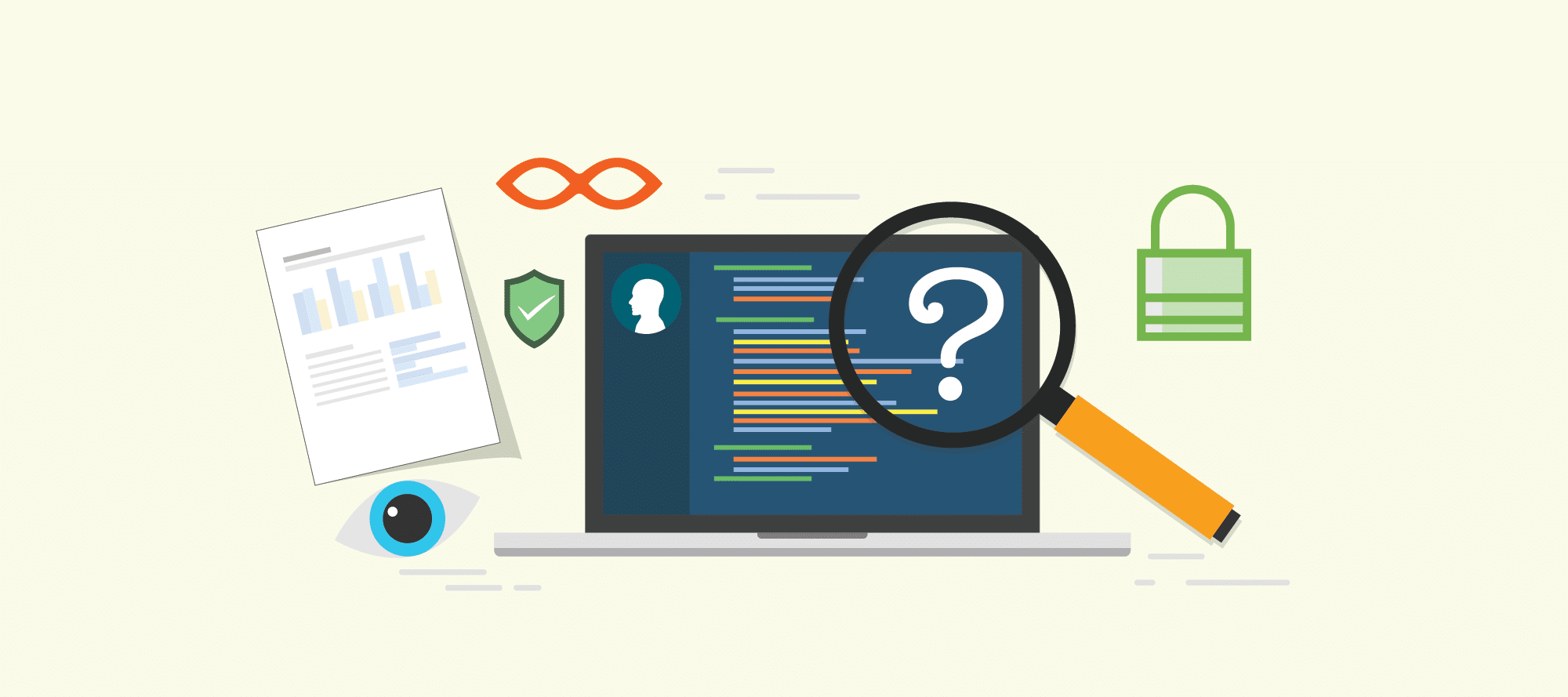Estimated reading time: 5 minutes
This is part 3 of a 4-part series on using public and private records for private investigation.
Understanding public and private data and knowing how to conduct internal research goes a long way. It goes a lot longer when attorneys use the right investigative software to refine their search results, look only for the public or private data they need, and avoid the noise.
The right investigative research software can extend its reach into social media platforms all connected to or featuring the same person, family and friends. It can also extend its reach into a police database at a single location, or a full set of county records. But with so many resources, attorneys need to be able to use their critical thinking skills and whittle down what data they need, and from there, refine search parameters to get only the information required. This is where Tracers comes in.
Data saturation: what happens without investigative software
An attorney setting out to find information on an individual with a very common name like John Smith who happened to live in a big town like San Francisco and then moved to an even bigger town like New York is going to find themselves quickly saturated with data while attempting to uncover private and public information.
Modern public and private record software can fill a need that regular research simply doesn’t.
Attorneys who know which records to search for and how to use their research and critical thinking skills for a case are still limited by the oversaturation of data, the virtual access to just about every piece of paper that’s ever been filed in a court. Personally identifying information like a social security number is not something linked to certain public records like criminal proceedings. Therefore, that same attorney searching for any previous history of criminal activity for John Smith out of San Francisco is not going to be able to verify whether the information they are viewing is the right John Smith.
But Tracers can.

How modern investigative tools can reduce the noise
Legal investigative tools that conduct public and private records searches like Tracers have the ability to reduce the noise, to avoid that data saturation, and to find details specific to individuals based on parameters that might not be feasible in an individual state or county database.
Tracers uses Data Enrichment which means you take the existing data you have on your clients, witnesses, or other involved parties and add to it. For example: if you have names and numbers for family members, you can use a third party resource to add that to their current address.
Through modern public and private records software, attorneys can refine their search parameters to identify the correct John Smith, no matter what city he lived in.
With investigative software from Tracers, attorneys can refine their search to see what comes up, and refine it again and again until they get the data they need. This can include:
- Aset searches.
- Hunting and fishing license data.
- Workplace searches.
- DEA license searches.
- Pilots and aircraft records.
- Vessel records.
- Real-time incarceration data.
- Authenticating businesses.
- Looking up client collections information.
- Criminal records search.
- Examining personal and business relationships.
- Looking into any fraud investigations.
- Locating witnesses.
- Conducting social media search.
- Conducting public records searches.
- Conducting property records searches.
Don’t search for anything and everything all at once. Figure out what it is you are trying to accomplish, what evidence you are trying to uncover, and then search the parameters that are most likely to unearth that information.
If you need ways to support or disqualify an alibi
Check time-sensitive and location sensitive information through social media. Social media posts and internet usage can help you verify whether someone was or was not at a specific time. Social media activity can also be useful in family law or personal injury cases where the client is saying one thing (like “I’m not having an affair” or “I have a bad neck injury”) but are then posting photos on social media that tell a different story.
If you need to find someone’s location by searching for their car
Use the license plate recognition search functions to figure out who owns a car recently sighted at your crime scene, or to figure out where someone is by identifying the location of their license plate.
If you need to predict where a witness might run to before they testify
Use an address history search to verify not only where someone has lived but what their personal tendencies are and where they might run next.
If you need to investigate the connections and liabilities between businesses and individuals
Examine these relationships by collecting data across multiple public records search engines to find any monetary or business connections, investments, conflicts of interest, or potential liabilities.
But what if there is no noise? What if your search is noise-less?
How to find those who don’t want to be found
If you have tried to search through someone’s records by hand but you can’t find those records, or they don’t reveal all of the data you were hoping for, that doesn’t mean all hope is lost.
If someone seems like they’ve disappeared or they really don’t want to be found, the right software will still be able to track down records using a skip trace. A skip tracing tool can provide you with real-time data that is up to date and actually does you good.
Skip tracing draws on data like emails, address history, relatives, assets, phone numbers, utilities, and more. With skip tracing, data on 98% of adults in America can be found.
Whether the information is public, private, credit header data, or unbanked data, good software will enable you to run real-time searches and have the most accurate, up-to-date information possible. Start searching here.

